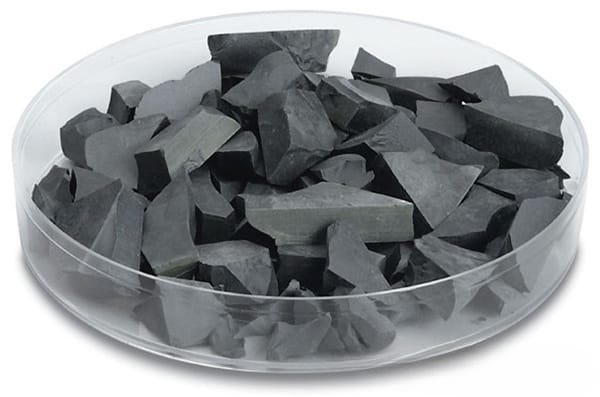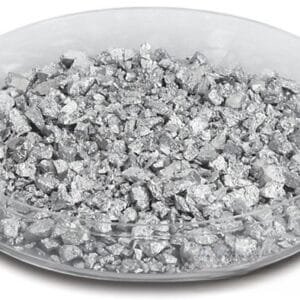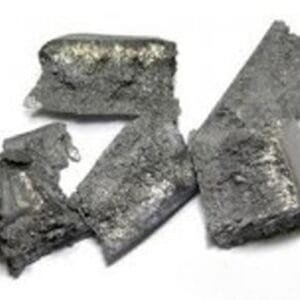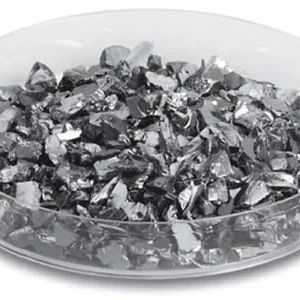Copper Germanium Evaporation Materials Overview
TFM offers top-tier copper germanium evaporation materials, an alloy composed of copper (Cu) and germanium (Ge), designed to deliver exceptional results in deposition processes. With purity levels reaching up to 99.9995%, these materials are crucial for producing high-quality deposited films. Our stringent quality assurance protocols ensure the reliability of every product.
Related Products: Copper Evaporation Materials, Germanium Evaporation Materials
Applications of Copper Germanium Evaporation Materials
TFM’s copper germanium evaporation materials are integral to various high-tech applications, including:
- Deposition Processes: Widely used in semiconductor deposition, chemical vapor deposition (CVD), and physical vapor deposition (PVD).
- Optical Applications: Ideal for wear protection, decorative coatings, and display technologies.
Packaging and Handling
Our copper germanium evaporation materials are meticulously packaged to protect them from damage during storage and transportation, ensuring they reach you in pristine condition.
Contact Us
As a premier manufacturer and supplier, TFM provides high-purity copper germanium evaporation materials and a broad range of evaporation pellets. We offer these materials in powder, granule, and custom forms upon request. For current pricing and inquiries about other deposition materials not listed, please reach out to us.


 MSDS File
MSDS File



Reviews
There are no reviews yet.